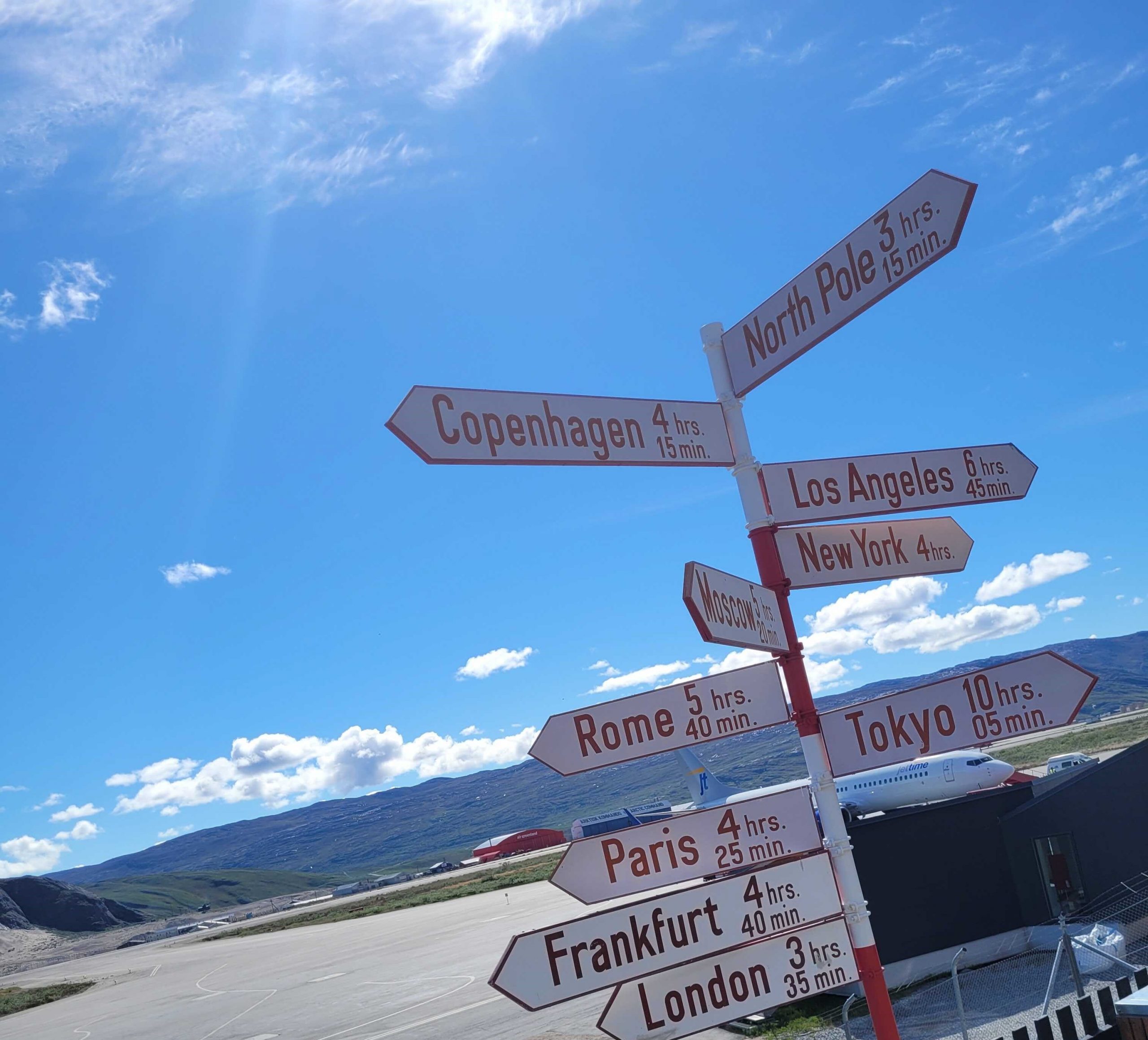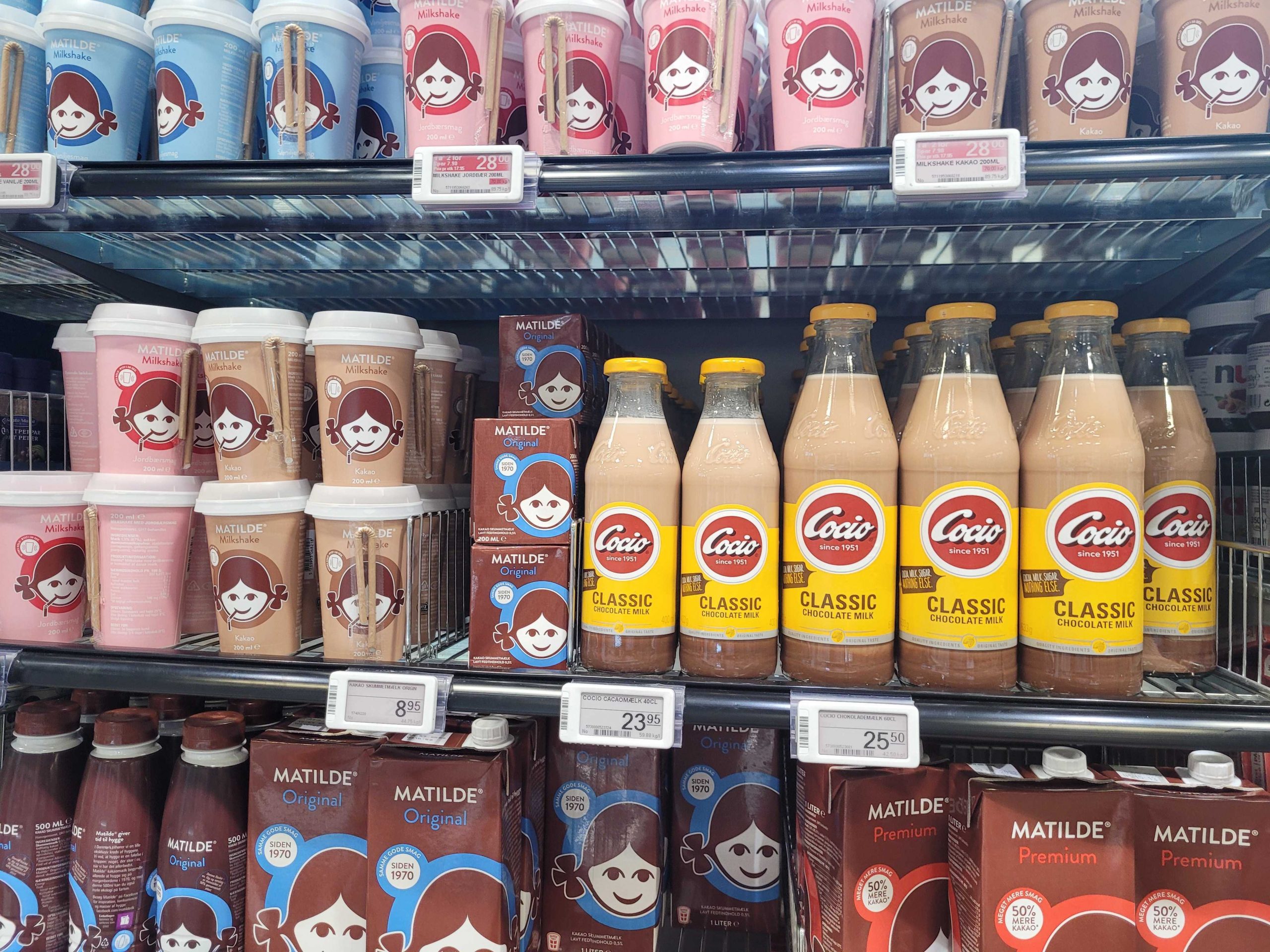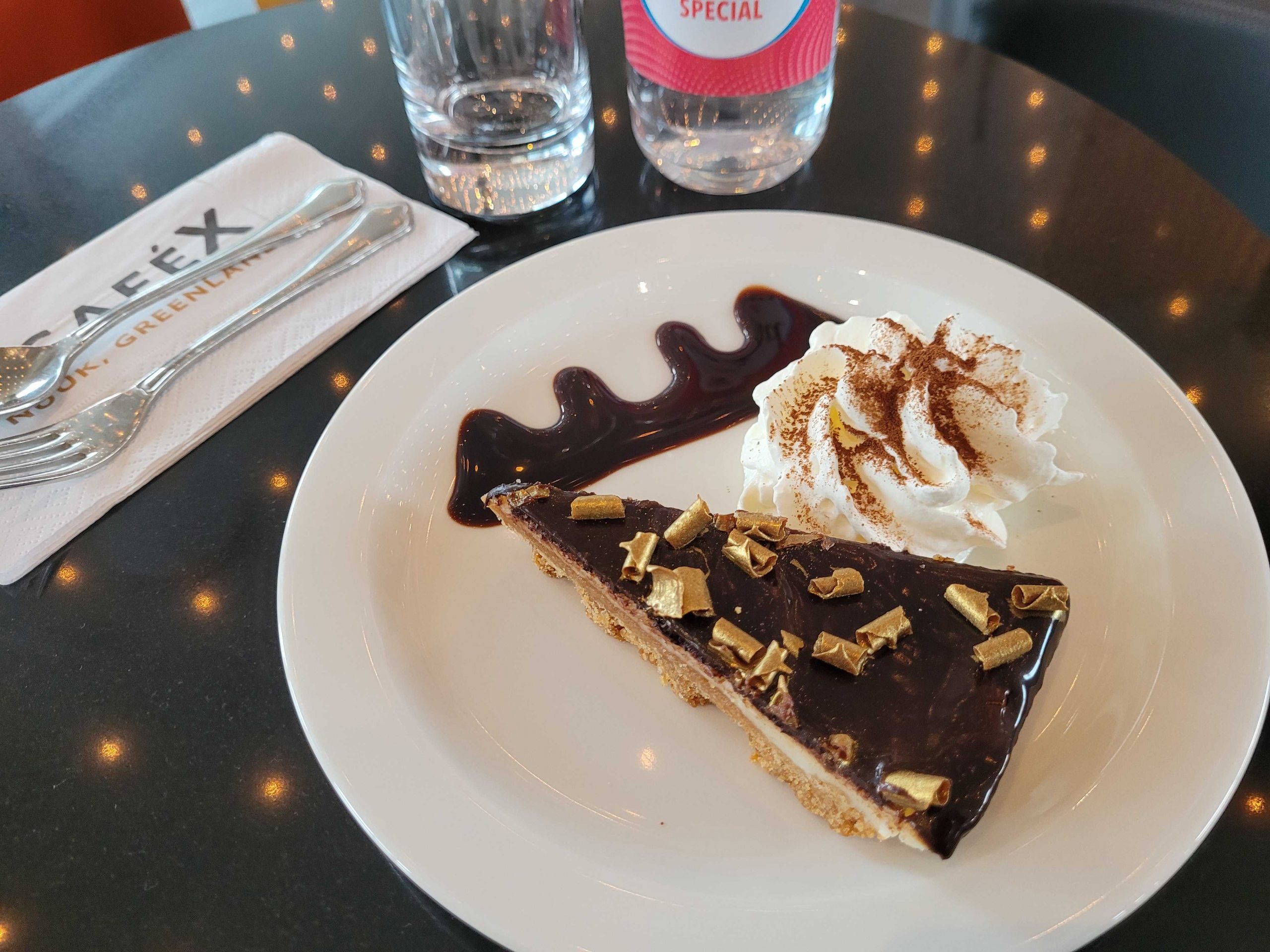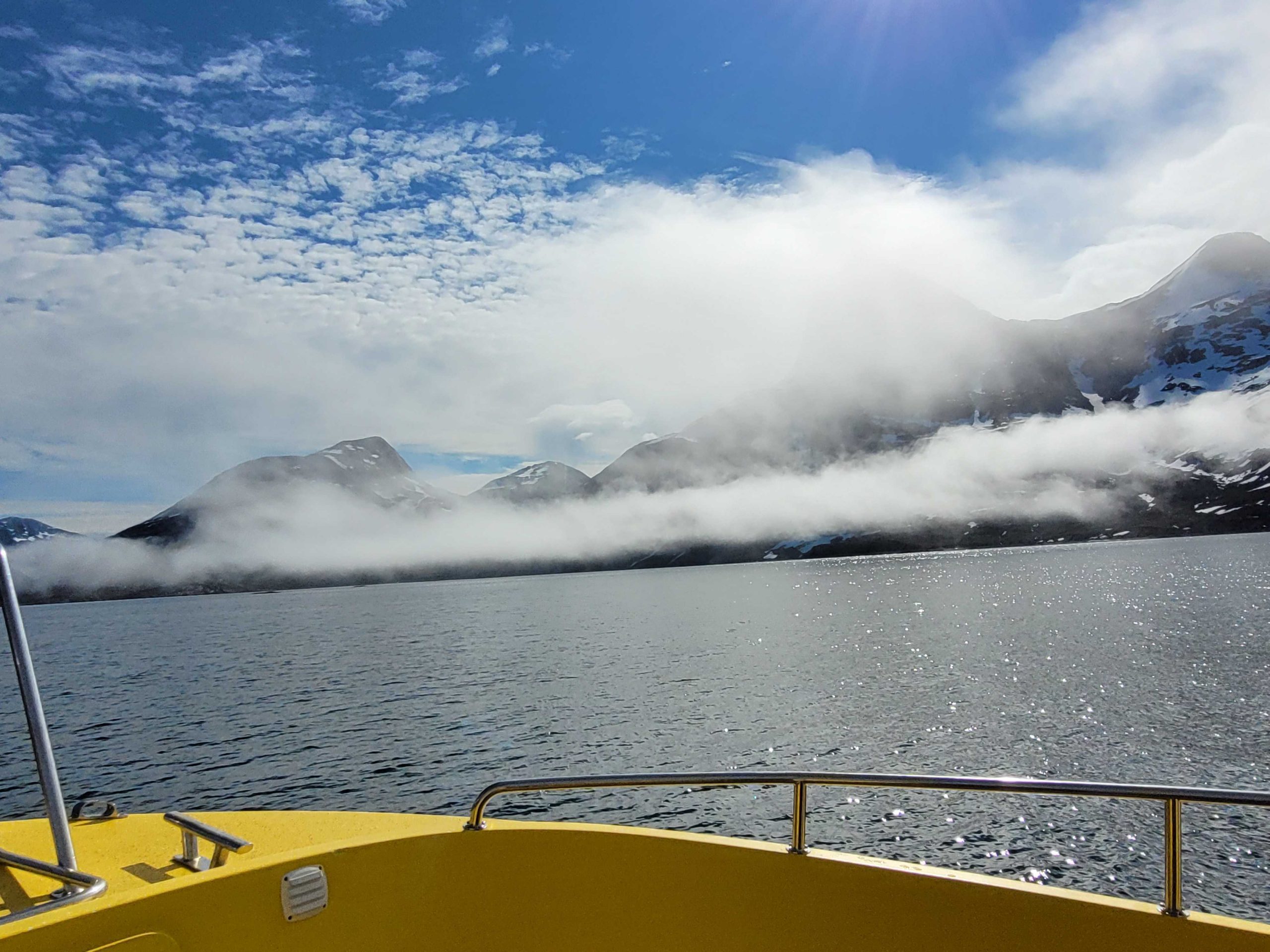Seira Duncan, one of our participants in 2022, shared her impressions of the GRISO summer school with us:
I’d made it to Kangerlussuaq, an airport frequented by international travellers heading to Nuuk, the Greenlandic capital. Intuitively, I scan the signpost for the letters T-o-k-y-o. I later learn that many of the programme participants are at the airport although we don’t cross paths.
To say that I was unkempt at this point would be an understatement. A few hours later, two of the organisers came to Nuuk Airport to drive me to the accommodation. Once settled, the first thing I do is snap a picture of the view, which is immediately sent to my closest friends. A short walk in the neighbourhood led me to a supermarket where I noticed in the corner of my eye a familiar face.
It’s the Greenlandic equivalent of one of my favourite Japanese characters, Peko-chan. A home away from home. I pull out my phone to take another photo. Over the next days I discover a café with WiFi, iced tea and cakes. A nice way to reflect on all the impressions and experiences after an intense day of lectures.
The next day, we were already on our way to the harbour for our 1st field trip to a local fjord. We piled into two boats and head to sea. Some of us remained seated in the enclosed area, while my new friends and I sat outside in the intense winds.
Once we arrived, we visited Kobbefjord Research Station (associated with the Greenlandic Institute of Natural Resources) and listened to a Greenland Ecosystem Monitoring biologist’s lecture. It was followed by a short hike to a site with scientific instruments and a cosy lunch back at the research station. The next day, it was our turn to present our research.
Given the circumstances, the lecture room seemed to have grown in size overnight. Many of us agree that learning what our peers researched was valuable input. I learned a lot from the resident natural scientists – in some cases in ways that (in)directly contextualised my research in the humanities and social sciences. On the other hand, it was interesting to hear that what felt intuitive to me wasn’t necessarily what the glaciologists or oceanographers had considered. We all started to realise via group projects and late night conversations the importance of communicating outside our immediate research areas and networks.
By the time we met at the same harbour for our trip to a glacier, we had grown comfortable with everyone and were taking pictures together. No one said it yet, but we were going to miss each other. Our trip started at nine and we cruised through icebergs on our way to the glacier. In one area with birds perched on the side of a cliff, a waterfall fed into strikingly turquoise water. Near the end of our 7-hour trip, we visited a village in a fjord.
On my way home, I stopped in Kangerlussuaq and hung out with an organiser and a peer until we boarded our plane to Copenhagen. At this point I was on two trips: one to Denmark and one down memory lane. Peering outside at the ice, I thought of all the welcoming Greenlanders I met and the friends I made over the past two-and-a-half weeks.





